How will our children’s relationship with technology be reshaped by the coronavirus?
| May 20, 2020The goal is to maximize the benefits and avoid the negative effects

The total closing of our school buildings in March was unprecedented. It was also sudden. With no time to plan, principals and parents scrambled for solutions. The situation spawned a lot of changes for our schools, for better or for worse. Now we’re looking to the future and thinking, what’s next?
In 2014, I created the Digital Citizenship Project to teach schools and businesses to approach digital engagement in a thoughtful and deliberative fashion, so I’ve been getting lots of phone calls since the lockdown took effect. Parents and educators want to know how we’re supposed to handle the transition to remote learning. The educators want to talk about pragmatics — how do we make this work, what platforms should we use, and do we maintain or change our academic standards now? Parents are also sharing their concerns about the excessive screen time their kids may be absorbing.
Here’s the big-picture answer. We want our kids to remember this time positively. That should take precedence over academic rigor. While structure and routine are important, flexibility and empathy are also critical. Everyone has to practice flexibility and understanding; this is a new situation for everyone — parents, kids, teachers, and principals.
In this new situation, our educational model has changed. And a lot of the success of the new educational model depends on the parents.
We have to acknowledge the variables. Some families have two children, some have twelve. Some parents are trying to work from home, some parents are suddenly under the stress of unemployment. Some families have sick family members, or lost family members. Some parents and some kids are naturally more inclined to the distance-learning model; others less so. All these variables may contribute to parents’ anxiety, which can interfere with our ability to create a maximally healthy environment for our children at home.
Remember, back in the day, when we used to fly on airplanes? The famous oxygen-mask rule applies here — if there is a sudden change in cabin pressure, you put on your own mask first, before your kids’. Because you can’t help your kids unless you can breathe. So I advise parents now: breathe. Breathe so you can help your kids breathe. This is temporary. Do your best. As Rabbi Yissocher Frand said at the recent Siyum HaShas (feels like a lifetime ago): Don’t let the perfect be the enemy of the good. Academic perfection is not the goal right now. Instead, we can model for our kids how to handle tough times and even flourish when things don’t go according to plan.
While the academic experience may be diminished, the educational opportunities are not. The research has long supported project-based learning, and right now, we are living the ultimate project-based learning experience. With no more cleaning help, my kids have learned to do the laundry. (Just think what a catch they’ll be when they reach shidduchim.) With reduced schedule impositions from the outside, they’ve learned to manage their time. With a slower, less distracted lifestyle, there is more opportunity for family bonding. It’s heartening to see the frequency at which fathers and sons are having a catch and mothers and daughters are going on walks in my neighborhood.
In my field we do a lot of data collection and study, and we design the surveys by identifying what statement we want to make at the end. So what statement do we want to make when the pandemic is over? “My kid mastered algebra”? or, “We grew as individuals and as a family”?
Oops! We could not locate your form.


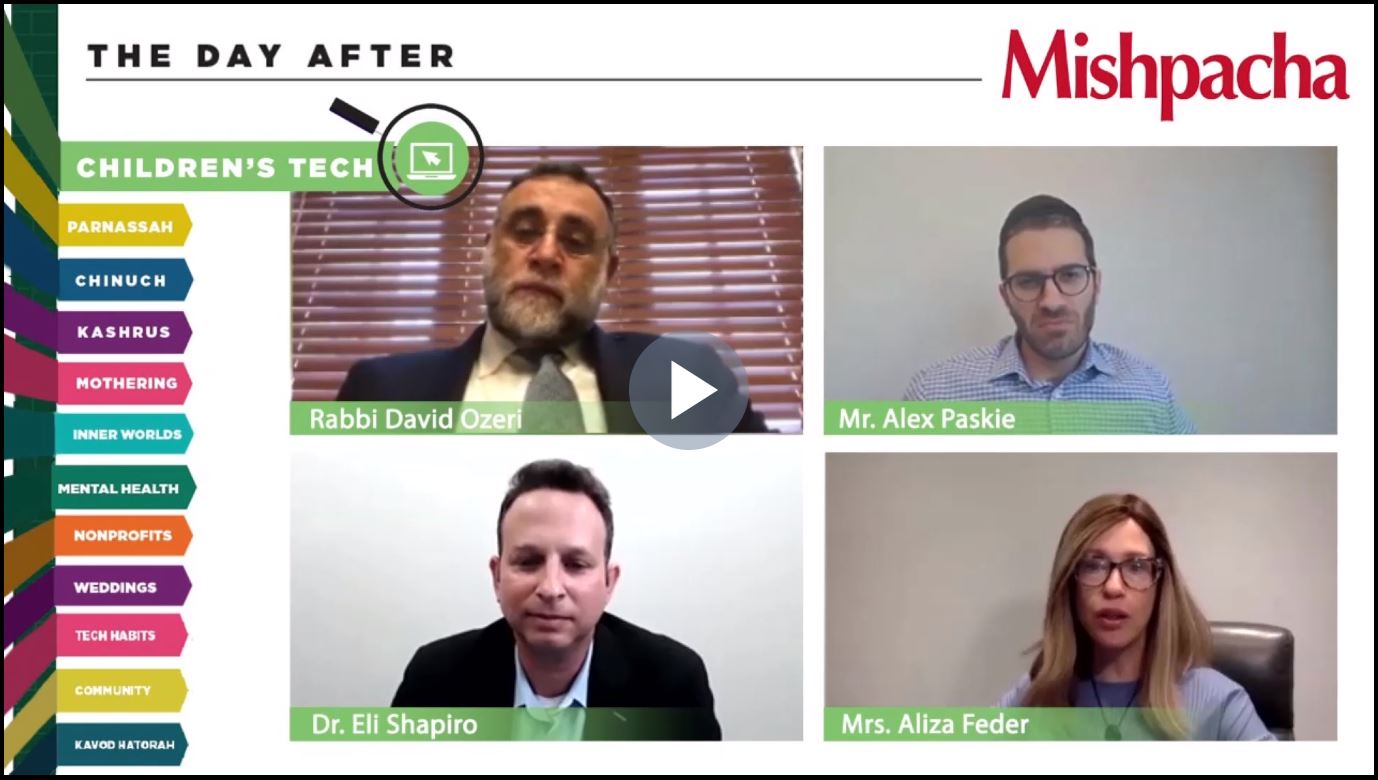
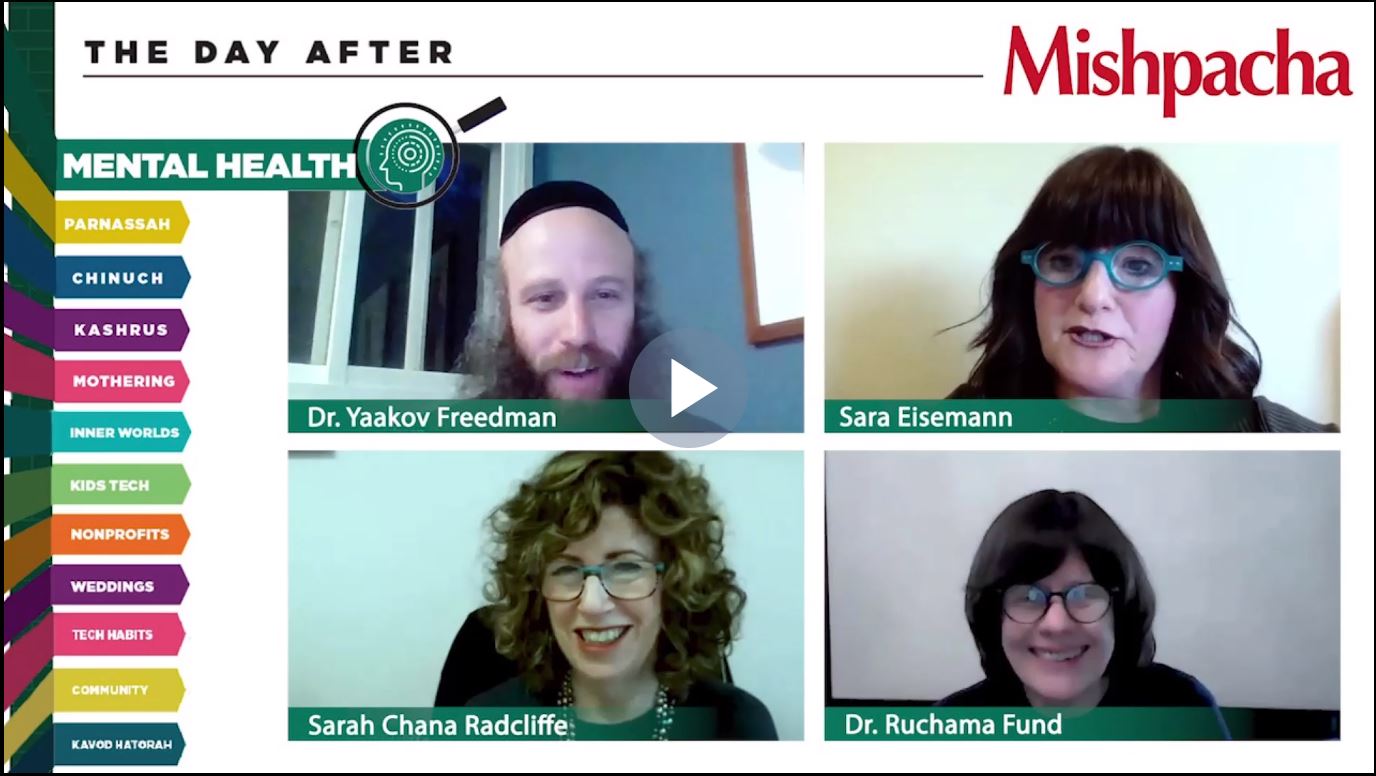
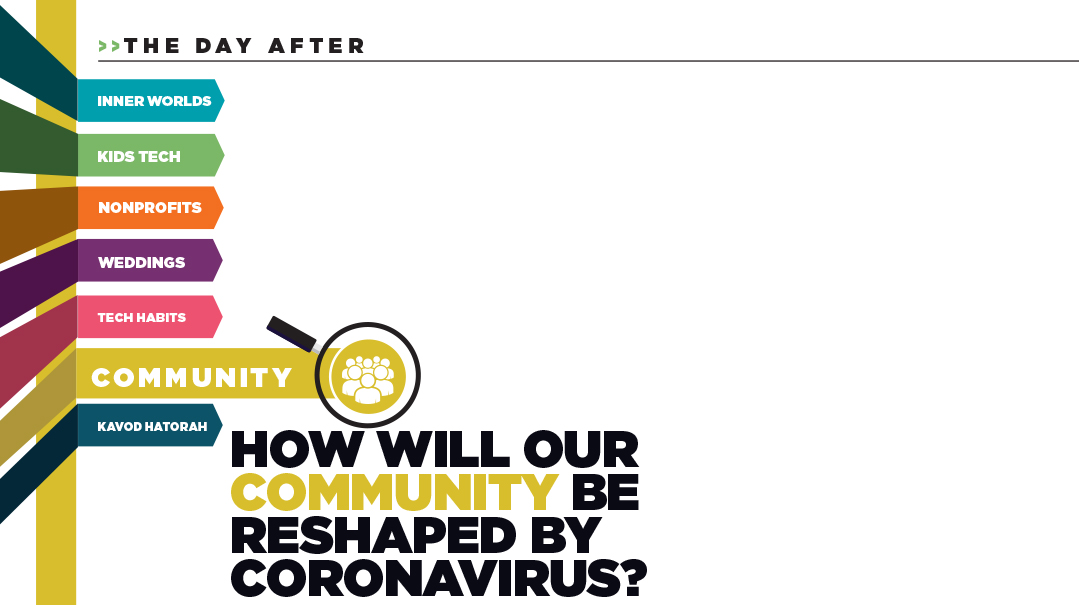
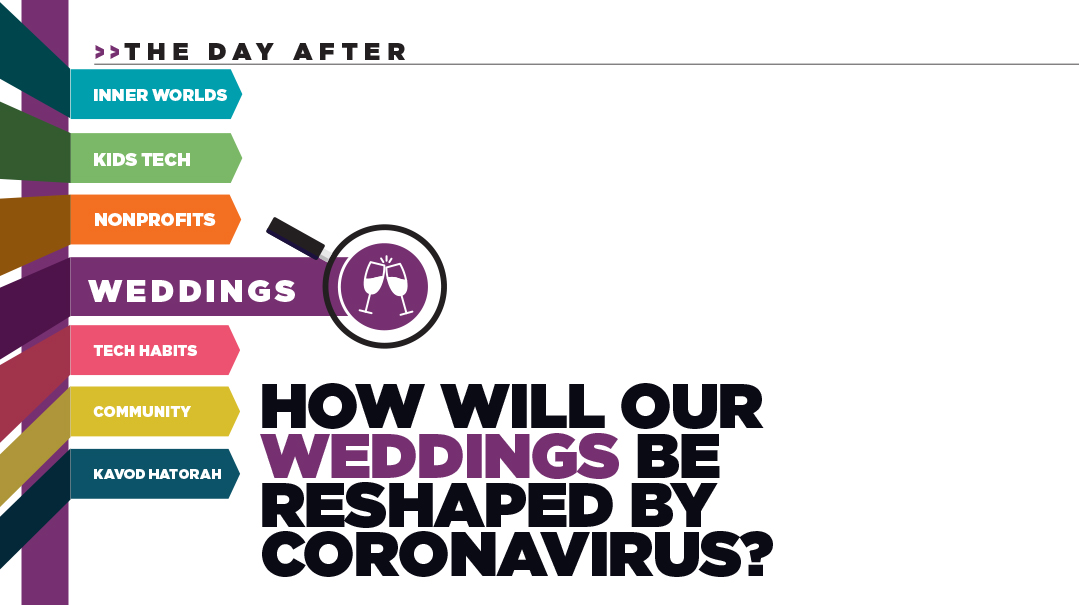
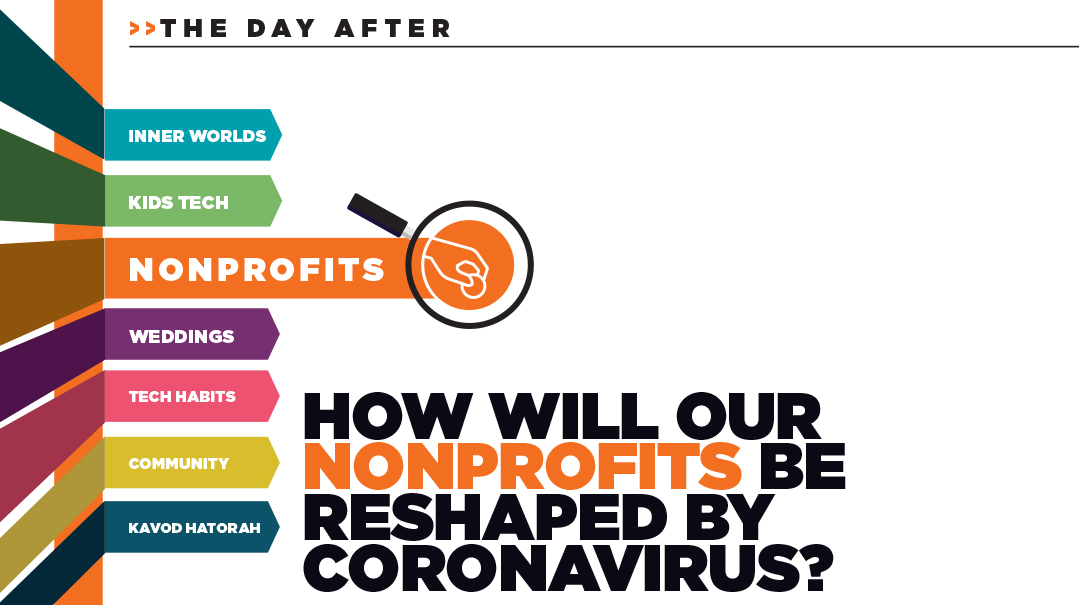

Comments (0)